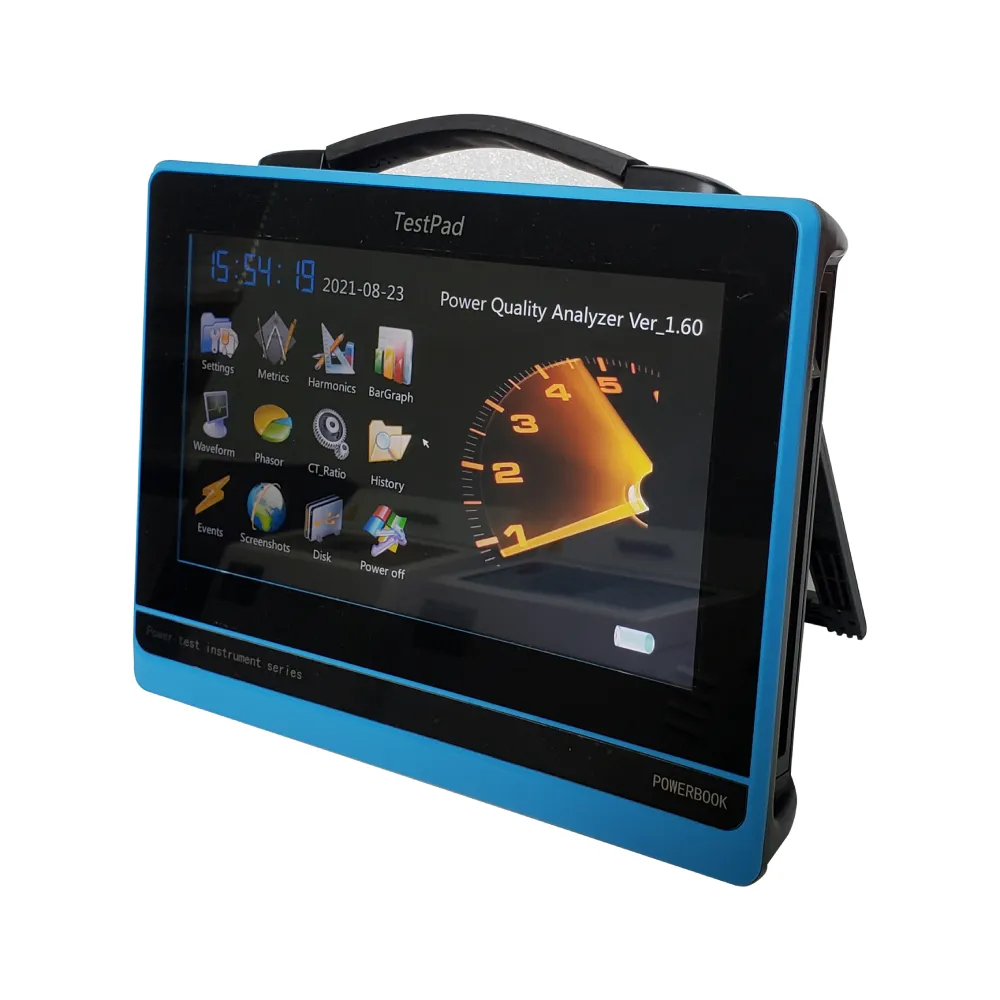 English
English


oil flash point tester
Understanding Oil Flash Point Testers Importance and Applications
Oil flash point testers are essential instruments in the petroleum and lubricant industries, playing a critical role in ensuring safety and compliance with regulatory standards. The flash point of an oil is the lowest temperature at which its vapors can ignite when exposed to an open flame or spark. This property is crucial for assessing the flammability and safe handling of various oil products.
The flash point testing process involves carefully controlled conditions to measure the temperature at which a sample of oil emits enough vapor to form an ignitable mixture with air. There are two primary methods for determining flash points the closed cup method and the open cup method.
In the closed cup method, the oil sample is placed in a sealed container to limit vapor escape, while an ignition source is introduced. This method typically provides a lower flash point reading due to the confined conditions. In contrast, the open cup method allows for the free escape of vapors, leading to potentially higher flash points. Both methods have their significance depending on the type of oil and its intended application.
oil flash point tester

The significance of measuring flash points cannot be overstated. Oils with low flash points pose increased hazards during transportation, storage, and use, as they are more likely to ignite in various environments. Industries handling flammable oils must adhere to strict regulations regarding flash point thresholds to mitigate fire risks. Consequently, flash point testers are utilized in quality control processes, ensuring that products meet safety standards before reaching consumers or end-users.
Moreover, the data obtained from flash point testing assists in developing appropriate storage and transportation protocols. For instance, oils with low flash points may require special containers or specific handling procedures to minimize the risk of ignition. Additionally, this information can guide product formulation, ensuring that blends of oils maintain safe flash point characteristics while achieving desired performance attributes.
In recent years, advancements in technology have led to more sophisticated oil flash point testers
. Modern devices are equipped with digital displays, automatic temperature control, and enhanced safety features to streamline the testing process. These innovations contribute to more accurate and reliable results, further ensuring the safety and compliance of oil products.In conclusion, oil flash point testers are vital tools in mitigating fire hazards associated with petroleum products. By accurately measuring flash points, these instruments help industries maintain safety standards, comply with regulations, and ensure the safe handling of oils. As advancements continue to emerge, the role of flash point testers will remain integral to the safe operation of many sectors within the oil and gas industry.
-
Differences between open cup flash point tester and closed cup flash point testerNewsOct.31,2024
-
The Reliable Load Tap ChangerNewsOct.23,2024
-
The Essential Guide to Hipot TestersNewsOct.23,2024
-
The Digital Insulation TesterNewsOct.23,2024
-
The Best Earth Loop Impedance Tester for SaleNewsOct.23,2024
-
Tan Delta Tester--The Essential Tool for Electrical Insulation TestingNewsOct.23,2024





